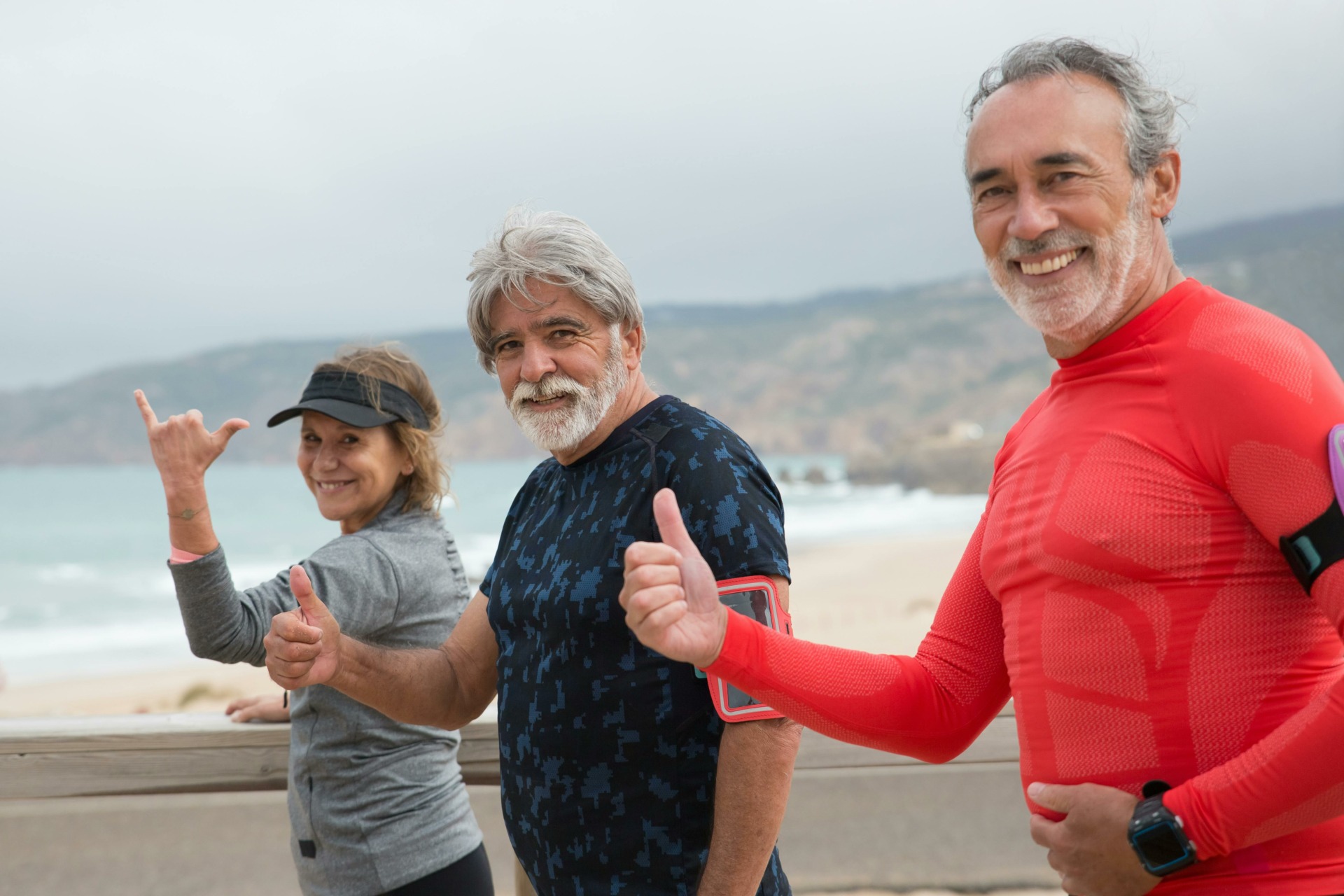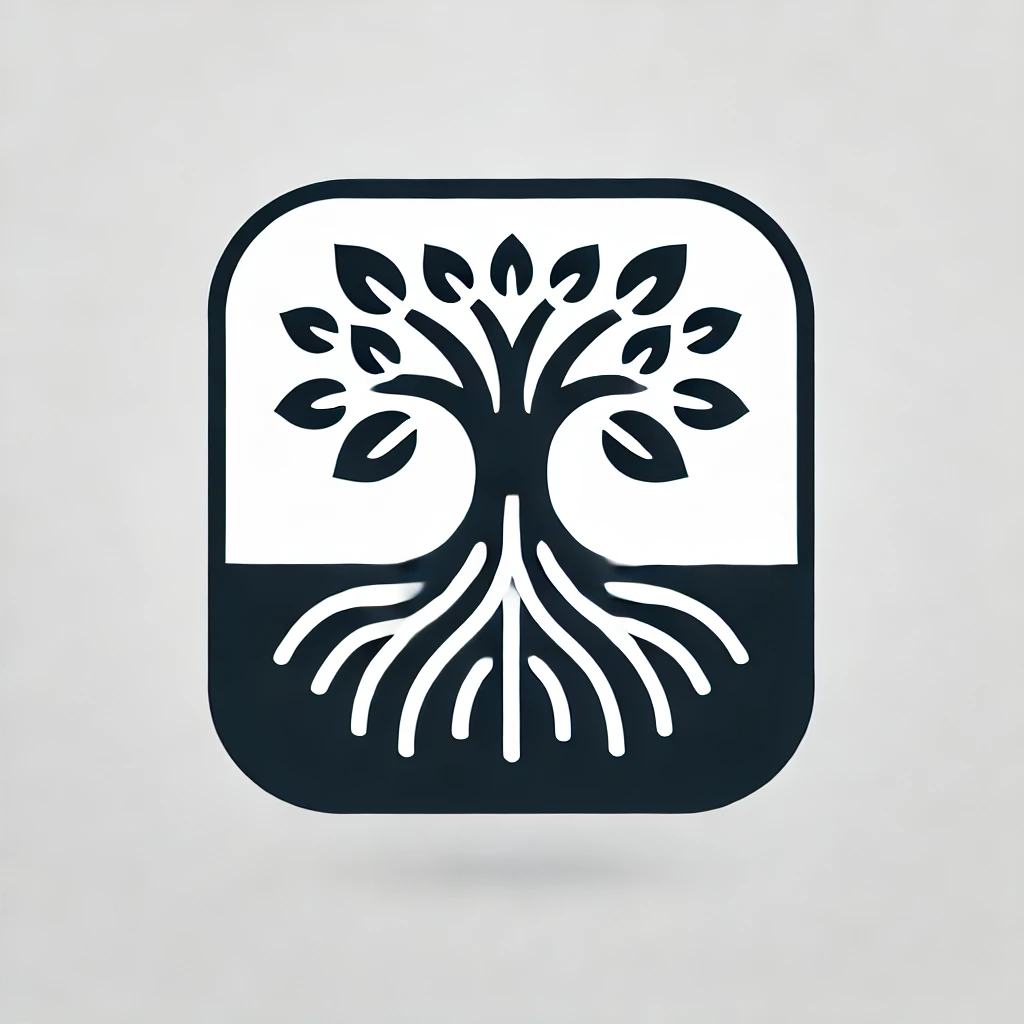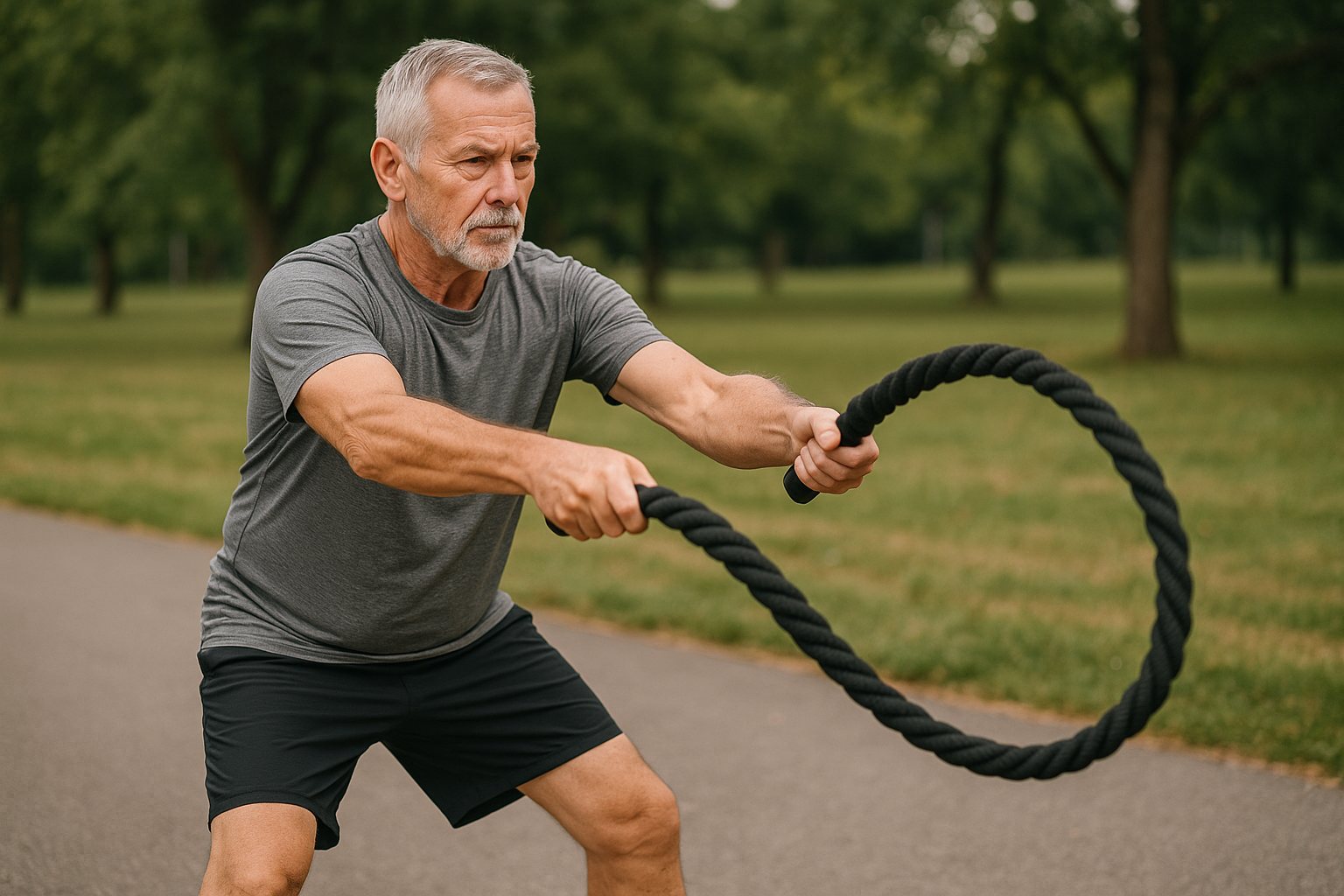When we think of ropes and fitness, most people picture intense battle ropes or climbing challenges. But there’s a different kind of rope training that’s gentler, rhythmic, and surprisingly effective for older adults—it’s called rope flow.
Rope flow is a circular, fluid movement practice using a light rope, designed to improve mobility, coordination, joint health, and overall body awareness. It’s low-impact, easy to learn, and can be done indoors or outdoors. Plus, it’s a lot more fun than repetitive stretching routines.
Let’s explore why rope flow is becoming a popular tool for seniors who want to stay active, agile, and energized—without putting too much strain on the body.
🧵 What is Rope Flow?
Rope flow is a form of exercise where you swing a soft, weighted rope in circular patterns, engaging your shoulders, core, hips, and legs in smooth, connected motions. It’s not about speed or power, but about creating fluidity and flow in your movements.
Think of it as a mix between jump rope, tai chi, and dance, but without jumping or fast movements. Rope flow is about learning to move your body efficiently and rhythmically.
✅ Benefits of Rope Flow for Seniors
🔄 1. Improves Joint Mobility
The gentle, circular motions help lubricate your shoulders, wrists, hips, and spine, promoting better flexibility and range of motion.
🧠 2. Boosts Coordination and Brain Health
Rope flow patterns challenge your hand-eye coordination and left-right brain connection, helping to keep your mind sharp and improving reaction time.
❤️ 3. Low-Impact Cardiovascular Exercise
Moving with the rope keeps your heart rate gently elevated, supporting heart health without high impact or strain on your joints.
🤸♂️ 4. Builds Core and Shoulder Strength
Even though the rope is light, maintaining control and rhythm engages your core, shoulders, and back muscles.
😌 5. Promotes Relaxation and Flow State
The repetitive, rhythmic nature of rope flow is calming. It helps reduce stress and promote a meditative state of movement, similar to tai chi or walking in nature.
🔰 Why It’s Ideal for Older Adults
- Gentle on joints: No pounding or sudden jolts.
- Adaptable: You can practice standing, seated, or with reduced range of motion.
- Portable and affordable: A rope is easy to carry and costs much less than gym equipment.
- Engaging: The learning curve keeps it interesting but achievable.
- Safe for beginners: You control the pace and intensity.
🏁 How to Get Started With Rope Flow
🧵 Step 1: Get the Right Rope
Look for a soft, flow-style rope (sometimes called a flow rope or mobility rope). These are thicker and softer than jump ropes, designed for smooth movement rather than speed.
Brands like Octomoves and Flow Rope offer ropes made specifically for this purpose, but you can start with a soft rope from a hardware store if you’re just testing it out.
🧑🏫 Step 2: Learn the Basic Patterns
Start with easy, circular movements:
- Figure 8s: Swing the rope in a figure-eight pattern in front of your body.
- Underhand Swings: A simple, circular motion at waist level.
- Overhand Circles: Moving the rope in wide arcs above shoulder level.
- Alternating Side Swings: Swinging the rope from side to side at your hips.
💡 Many free tutorials are available on YouTube—look up “rope flow basics” or “rope flow for beginners.”
🕰️ Step 3: Practice for Just 5–10 Minutes a Day
Consistency is more important than duration. Start with a few minutes a day to build rhythm and familiarity. You’ll be surprised how quickly your mobility and coordination improve.
⚠️ Safety Tips:
- Start slow to avoid shoulder fatigue.
- Practice in an open space to avoid hitting furniture (or yourself!).
- Stop if you feel pain (some gentle muscle fatigue is normal, though).
- Warm up your shoulders and neck first with gentle rolls and stretches.
🌟 Final Thoughts: Movement That Feels Like Play
Rope flow isn’t just about exercise—it’s about enjoying your body’s ability to move, even as you age. It’s a playful, meditative, and energizing practice that helps you stay agile, strong, and mentally sharp.
If you’re looking for a new way to stay active that doesn’t feel like a chore, grab a rope, step outside, and give flow a try. Your joints, mind, and mood will thank you.
Have you tried rope flow or other movement practices like tai chi or dancing? Share your experiences in the comments—I’d love to hear how you keep your body moving happily in later life. 🧵💪😊



Leave a Reply